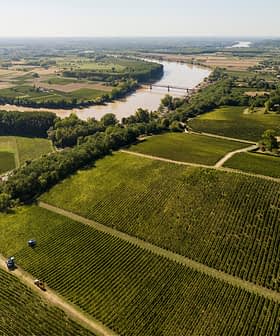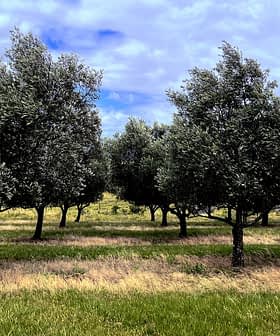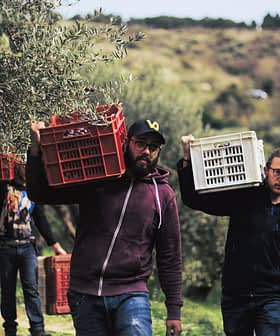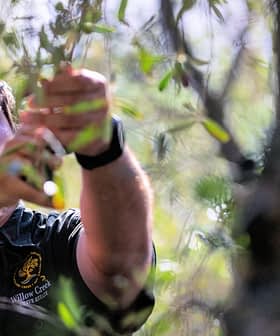Adverse Weather Dampens New Zealand Harvest
Producers began 2022 with optimism for another excellent harvest, but rain and disease resulted in some producers yielding no oil at all.
 (Photo: Kapiti Olives)
(Photo: Kapiti Olives) Despite some small-scale olive growers in New Zealand having no harvest at all, the overall olive oil production in the country was down by 17% from 2021. While some growers like Juno Olives and Dali Estate experienced their worst harvest in years due to weather issues, others like Blue Earth Olive Oil and Kapiti Olives had a successful harvest, with Kapiti Olives even seeing an increase in production compared to the previous season.
Earlier this year, olive growers in New Zealand were optimistic ahead of the harvest. However, some have had their hopes dashed, with more than a quarter of small-scale growers having no harvest at all.
According to figures released by Olives New Zealand, 180,000 liters of extra virgin olive oil were produced this year, compared to 200,000 liters in the 2019/20 crop year and 270,000 liters in 2020/21.
Some 26 percent of these groves had no harvest. It is apparent that well-managed groves are more resilient to weather issues.
“Overall, our harvest was 17 percent down from 2021,” Gayle Sheridan, Olives New Zealand’s executive officer, told Olive Oil Times. “Our commercial growers were pleased with their 2022 harvest. However, our boutique growers had various ongoing challenges with disease management and weather issues.”
“Some 26 percent of these groves had no harvest,” she added. “It is apparent that well-managed groves are more resilient to weather issues and proactively manage disease, which pretty much eliminates biennial bearing.”
See Also:2022 Harvest UpdatesEarlier this year, Sheridan said that local growers were investigating farming methods – besides early harvesting, which improves the polyphenol count – to enhance the healthy properties of their oils.
“This is ongoing and will be the subject of future research,” Sheridan said after the recent harvest. “At this point, the only effective measure has been early harvesting.”
Sheridan added that the quality of the olives and oils has been excellent this year.
“Judging for the New Zealand Extra Virgin Olive Oil Awards is underway, and there is looking to be a good spread of Gold and Silver, especially,” she said. “But perhaps not as many Gold oils as in 2021.”
Andrew Liley, co-owner of Juno Olives in the Wairarapa region, east of Wellington, described his harvest as poor.
“It was expected to be down on last year’s harvest, but we had a poor fruit set and ended up not harvesting our Frantoio or Moraiolo at all,” he told Olive Oil Times.
Heavy rains contributed to Juno Olives’ woes. “It was wet all across our harvest, making access problematic,” he said. “It also influenced when we could harvest this year, leading to us harvesting our Leccino three weeks earlier than we have harvested it before.”
Another producer from the Wairarapa region, Ross Vintiner, co-owner of Dali Estate, told Olive Oil Times that 2022 was their worst harvest in 10 years.
See Also:New Zealand Producers Enjoy Strong Showing at World Competition“Dali Estate has seen increasing production over the past five years,” he said. “Our 2021 harvest was a record and in the top percentile for production and yield across New Zealand, with the top polyphenols for the country. Dali won top national and international honors with these oils.”
“Our harvest was a bitter-sweet and short event, with fine weather, low fruit volume and oil yields,” Vintiner said. “Even our normally high polyphenols were mainly at average levels.”
“With the promise of spring inflorescence, southern Wairarapa suffered two weeks of constant rain, cool conditions and little wind to dry flowers,” he added. “Frantoio and Picual suffered most at the fruit set. Leccino, Koroneiki and Kalamata fared only slightly better.”
“Despite this setback this year,” Vintiner continued, “we are confident that our biodynamic and organic growing regime will increasingly make our soil, biome and trees more resilient, productive and enduring.”
Contrary to Liley and Vintiner, another producer from the Wairarapa region, Margaret Hanson, the co-owner of Blue Earth Olive Oil, said she was delighted with the harvest. “Although the oil yield was down, the volume of fruit was up, and the quality was great,” she said.
“This year’s harvest was our biggest ever, having grown olives for over 20 years,” Hanson added. “More aggressive management of the grove is paying dividends.”
“Our challenge this year was juggling filming, harvesters, weather and Covid,” she continued. “We had the final shoot for a national television program, so it all needed to be teed up tightly. The weather cooperated for some days, but not all.”
“We complicated it by getting Covid partway through,” she added, “so the rest of the harvest was directed from a distance. But it all worked out. We are happy.”
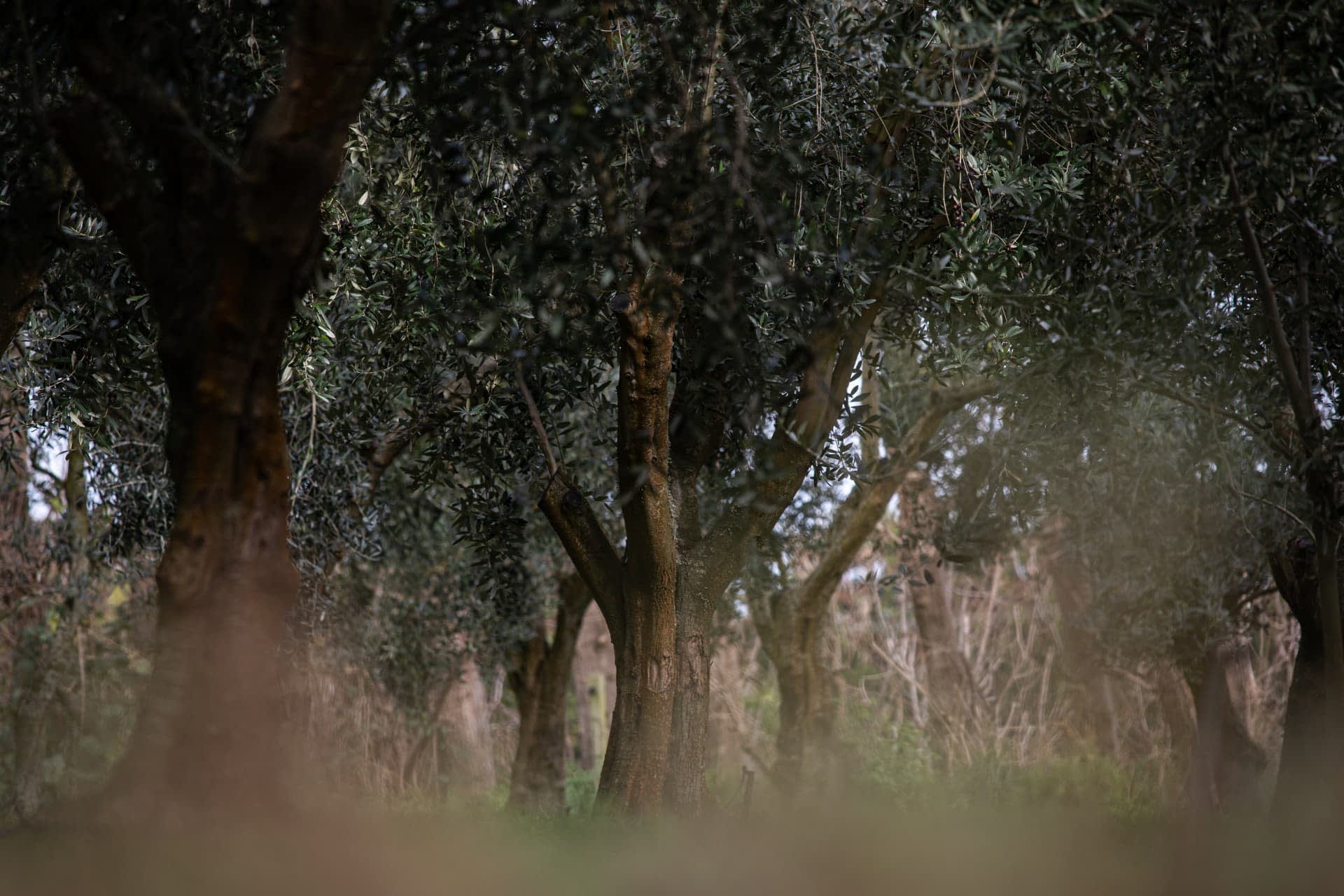
(Photo: Kapiti Olives)
Further west, on the country’s Kāpiti Coast, Kapiti Olives also yielded positive results.
“Kapiti Olives had a good harvest,” owner Diana Crosse told Olive Oil Times. “We were 400 liters up on last season. This is great for our sales going into the new season.”
Crosse, who described the amount of rain they received as unprecedented, said this delayed their harvest by almost a month, which required them to be extra vigilant with their bird scarers. “We had one day at the end of May, and did not get back until June 25,” she said.
“This had a flow-on effect to when we could then bottle our new oil,” she said. “We sold the last of the previous season’s olive oil the day we started bottling our new oil.”
“We had a tasting session with the Kapiti Branch of Olives New Zealand, and think we have once again produced some great extra virgin olive oil,” Crosse concluded.
Share this article



